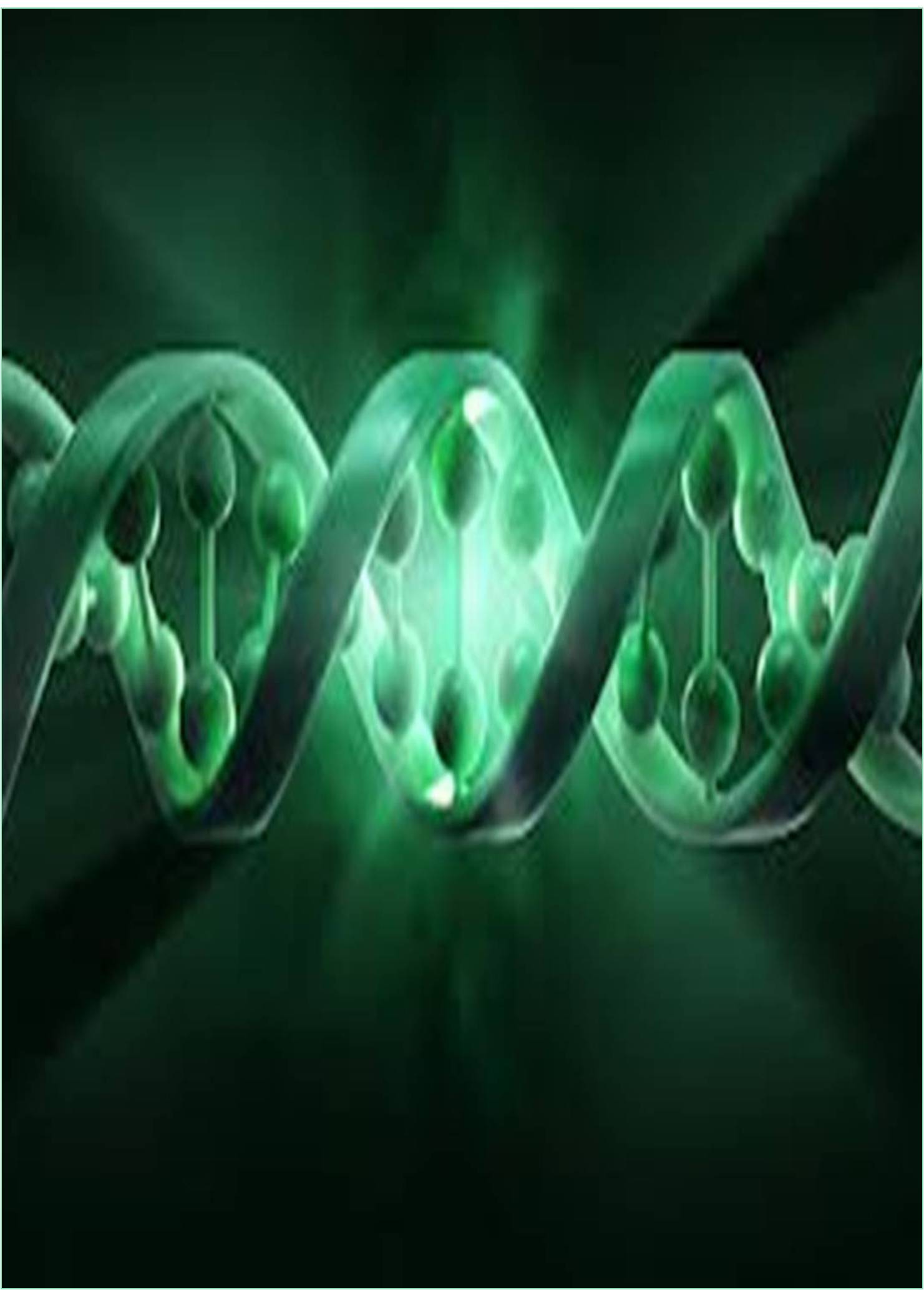



Received: 29-Nov-2022, Manuscript No. GJMEG-22-82827; Editor assigned: 01-Dec-2022, Pre QC No. GJMEG-22-82827(PQ); Reviewed: 15-Dec-2022, QC No. GJMEG-22-82827; Revised: 22-Dec-2022, Manuscript No. GJMEG-22-82827(R); Published: 29-Dec-2022, DOI: 10.15651/GJMEG.22.08.012
The most prevalent and genetically varied living organisms on the planet are bacteriophages. Phage research has contributed significantly to many key biological discoveries during the past century and has given molecular geneticists useful biotechnological tools. A significant number of phage sequences have been found in the human gut and numerous other habitats thanks to recent developments in viral metagenomic sequencing. Over 95% of these sequences (more than 75% of them new) are from tailed phages with Double Stranded (DS) DNA genomes. Our knowledge of phage biology and their functions in the ecosystem is constrained by the novelty of tailed phages. Phages have also been acknowledged as organic antibacterial agents for the treatment of bacterial illnesses.
By adding functional genes or gene networks to phage genomes, phage synthetic biology can increase their antibacterial effectiveness and potential for use in a variety of bioengineering applications. Due to viral particles' limited ability to encapsulate DNA, this integration may be difficult. The accessory genes of phages might not be necessary for phage development in certain circumstances, but they might aid phages in better adapting to a variety of ecological niches. These unnecessary genes can be reduced to free up some room in phage genomes. This raises concerns about how much of a minimal viable phage genome can be produced for a specific phage, particularly for novel phages with a large number of unidentified functional genes.
One of the most basic biological systems is the phage. Nontailed phages have extremely small genomes (10 kb) that only encode a few genes, making it simple to comprehend how each gene works. Tailed phages frequently have genomes that are both reasonably big and incredibly diverse, which suggests that these phages probably use complicated and heterogeneous propagation processes within their host cells. Getting a large-scale copy of a viable minimum genome of a tailed phage is still difficult. Finding the non-essential genes in a particular phage is a difficulty. On a genome-wide scale, there are no effective methods for identifying the phages' nonessential genes. A synopsis of the phage T7's nonessential gene set was compiled using information gathered from a variety of recent publications.
Phage genome editing has recently been accomplished using the CRISPR-Cas system, which stands for clustered regularly interspaced short palindromic repeats. However, progressive deletion of several genomic areas is timeand labor-intensive, particularly if simultaneous screening of mutant phages that can sustain strong development is required. By using transposon mutagenesis, scientists classified the genes from M. mycoides JCVI-syn1.0 into three groups: essential, quasi-essential, and nonessential genes. Quasi-essential genes are needed for robust growth even though they are not absolutely necessary for viability. This is probably true for phage genes, which poses additional difficulty for selecting mutant phages with functional minimum genomes capable of vigorous development from a variety of heterogeneous mutants.
In CRISPR/Cas9-based Iterative Phage Genome Reduction (CiPGr) method, a particular phage infects host bacterial cells carrying a dual plasmid system made up of pTarget with heterogeneous spacers and spCas9. The single-guide RNA (sgRNA), encoded by pTarget, directs the Cas9 nuclease (encoded by spCas9) to cleave the gene at the intended site during phage infection and DNA injection into the cell. The break is then repaired via Homologous Recombination (HR), which is induced by the HR sequence (pTarget), leading to gene disruption or deletion. The mutant phage progeny can grow without the gene if it is not required for phage growth. The dual plasmid system-carrying fresh cells are continuously exposed to the mutant phage population, which results in the accumulation of gene mutations in the phage genome.